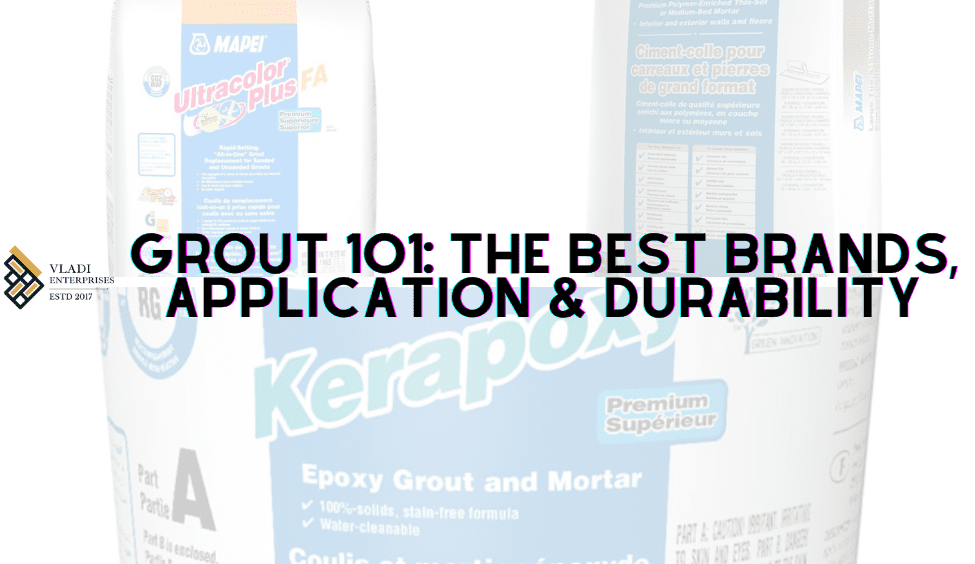Tiling is one of the best ways to finish any room, whether in a residential or commercial building. Easy to maintain, hard wearing and with endless choice, you can create any look you want that will look great for a lifetime.
In tiling, we may spend hours looking at different materials and styles to create the perfect look, but then take the finishing touch for granted.
That is grout, which is the final touch to any tiled area. Getting it wrong can spoil the entire look, and yet have you ever heard anyone ask which grout to use? Knowing which grout is best for any application really does make a difference, so here is everything you need to know.
So, lets start at the beginning, and understand what it is we are talking about.
Explore grout substance and the difference between sanded vs unsanded
Grout is the compound that fills the gaps between each tile, whether that is a floor, wall or back splash tile. Gaps are essential as they provide space for each tile to move, expand or contract slightly, if they were installed tightly together, the tiles would crack in no time at all.
There are two main types of grout, cementitious grout, which is made with cement, water and some form of aggregate, and epoxy grout, which use epoxy resin, aggregates and hardener to set them. Which grout is best depends on the type of tiling being grouted, with some better suited to damper environments such as bathrooms than others, for instance.
In terms of cementitious grouts, there are a further two types, sanded and unsanded. Sanded grout uses silica sand as the aggregate, where unsanded uses other aggregates instead.
Sanded grout is a stronger material than unsanded, and shrinks less during the curing process too. As a result, it is most commonly used for flooring tiles. Unsanded grout is more expensive, but has a much smoother finish that looks better, and ha smore water resistance than sanded grout, which is porous and needs sealing after application.
So, which grout is better, sanded or unsanded? The answer again depends on what you are doing, sanded is economical and more robust for use in high wear applications such as floors, but unsanded looks nicer, and is a better option for applications that need water resistance.
Which grout is best in general and more popular in the market?
Editorial note: The listed grouts below are not endorsements! This is my expert opinion and advice, coming from a multi-decade experience in the tiling industry. The products are easily found at local tiling shops, Rona or Home Depot.
The world’s best selling grout for a reason, Mapei Ultracolor Plus FA is a great performing grout, but stands apart from the competition thanks to its extensive warranty of five years or more.
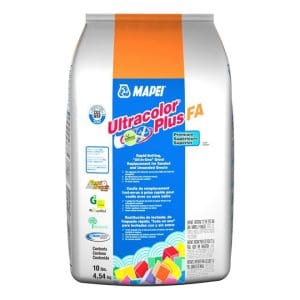
It is available in a wide colour palette to suite any application, and can be used in place of either sanded or unsanded grout without a problem.
Which grout is best for shower walls?
For commercial tile applications the best grout is Mapei, and in most situations where white tiles are used, gray is the perfect colour. In residential situations, Prism is the best grout for showers, with their natural gray offering the best balance with standard white tiles.
Both options are available in other colours should the shower be tiled in a different shade, with lighter grouts matching darker coloured tiles and lighter grouts enhancing darker coloured tiles.
Which grout to use for backsplash?
Backsplashes tend to feature colour or patterns, so white grout is especially good in projecting an appearance of cleanliness as well as enhancing the overall effect. For commercial applications Mapei is the best option, and for residential Prism is the one to choose.
Which grout is best for bathroom floors and vanity?
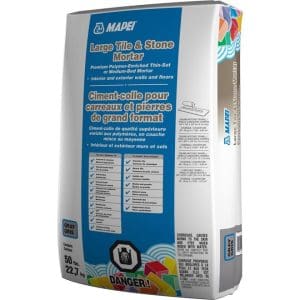
Bathrooms tend to feature white or lighter colours, which makes a lovely neutral gray colour the perfect compliment. For commercial applications, Mapei natural gray is the best grout option, while for residential installations, Prism grout in that same natural gray does the best job.
Which epoxy grout is best?
Epoxy grout has some specific uses, and offers some unique qualities that other grouts cannot match, but the best poxy grout available today is the Mapei Kerapoxy grout.
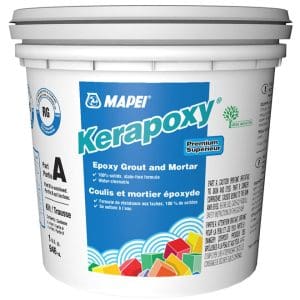
Easy to use and available in multiple colours, it has all the benefits of an epoxy based grout without the drawbacks.
Which grout is better sanded or unsanded grout?
There is no real answer to this, it really does depend on the application. In some projects, the gritty texture of sanded grout is simply not acceptable and so unsanded is the best by default. In other projects, the cost effectiveness of sanded is more important than a smooth finish, each does its job extremely well, with preferences based on that specific project need.
Which steam cleaner is best for tile and grout?
One of the many benefits of a tile installation is ease of maintenance. This has always been the case, but with the availability of affordable steam cleaning machines, it is even more applicable now. Steam cleaners quickly clean out any dirt or debris from the grout without the need for heavy scrubbing. The number one pick from Amazon is the Bissel 2994B Steam Shot Handheld Hard Surface Steam Cleaner.
Once you have an idea of what is the best grout for your project, its time to get it installed. But where do you begin?
Grout application: the easiest part in the tiling process
The good news is that applying grout to a high standard is not complicated, but it does require the right tools and some patience though.
Grouting is done after the tiles are in place and the adhesive is completely dry, In addition, it can be useful to fully seal the tiles before you begin grouting, as it helps with clean up and prevents the unsightly effect known as grout haze. You will need a grout float, which looks a little like a plasterer’s trowel, but has rubber blades for removing excess grout pr a trowel to apply the initial layer of grout, and a sponge to help clean up.
Once you are ready to grout, mix enough for your job following the manufacturers instructions, then using a float or trowel, apply the grout. Focus on small areas at a time, holding the float at 45 degrees to the tiles, and go diagonally across the gaps, pushing the grout in as you go.
As the grout begins to stiffen, remove grout from tile surfaces with the float and a damp sponge.
Harder wearing grouts should be selected for high traffic areas as well as outdoor spaces where it will be exposed to the elements, while areas that are constantly exposed to moisture, such as wet rooms and showers, an epoxy grout works best.
Grout durability
When choosing grout, durability is one of the key things to consider. For floor tiles, high durability tiles, those with high cement content for instance, are better able to deal with the constant wear, and will save you money on future tile repairs. This is even more important in commercial applications, where high foot traffic areas can be subject to thousands of people walking over them each day.
This also applies to areas that are not necessarily facing high levels of foot traffic, but have substantial wear in other ways.
A wet room or shower for instance, while not subject to the wear and tear of a hotel reception floor, does offer a challenge for grout. It may be damp, or have standing water, for much of its life, and for some grouts this could cause significant and rapid wear. However epoxy grouts, or grouts that have been sealed, are better able to withstand the environment for much longer.
Durability is difficult to judge if you have never used a product though, which is why warranties are so important.
The best grout available today is also the one with the longest warranty, five years from Mapei Ultracolor Plus FA, and those two things are connected. Always check the warranty of any grout to get an idea of how durable it is going to be.
Grout cure time
How long it takes grout to cure depends on the type of grout, even the brand can make a difference, but also the conditions. An exterior application in a damp environment with poor weather is going to take longer to cure than a similar installation in great weather, and that is the same indoors too. Grout in a damp area will not cure as quickly as that in a warm, dry area.
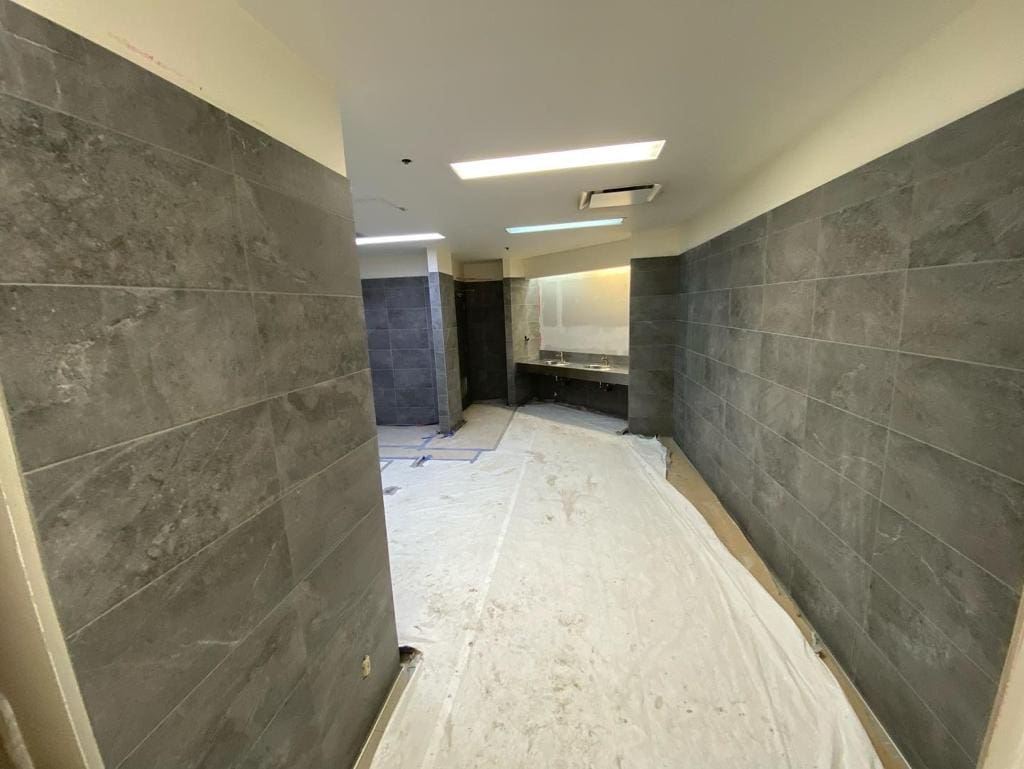
The manufacturers instructions will provide a good guide for how long to leave grout before it has Grout Stain and water resistance fully cured, but in most cases it will be between 24 and 72 hours.
Grout stain and water resistance
In general, epoxy-based grout is much more resistant to water and staining, this is why it is such a good choice for bathroom tile application; however, it is aways a good idea to take steps to protect your new tiling and grout work after installation whatever grout you chose.
Sealants are available from most grout manufacturers, offering both a water barrier and protection against contamination and discolouration. Sealing can make maintenance easier too, and is especially useful for sanded ground, which is otherwise porous.
Easily applied as a spray, a protective sealant is the finishing touch to any tiling application, protecting the finish, making it water and stain resistant and ensuring it has the durability expected of the project.

